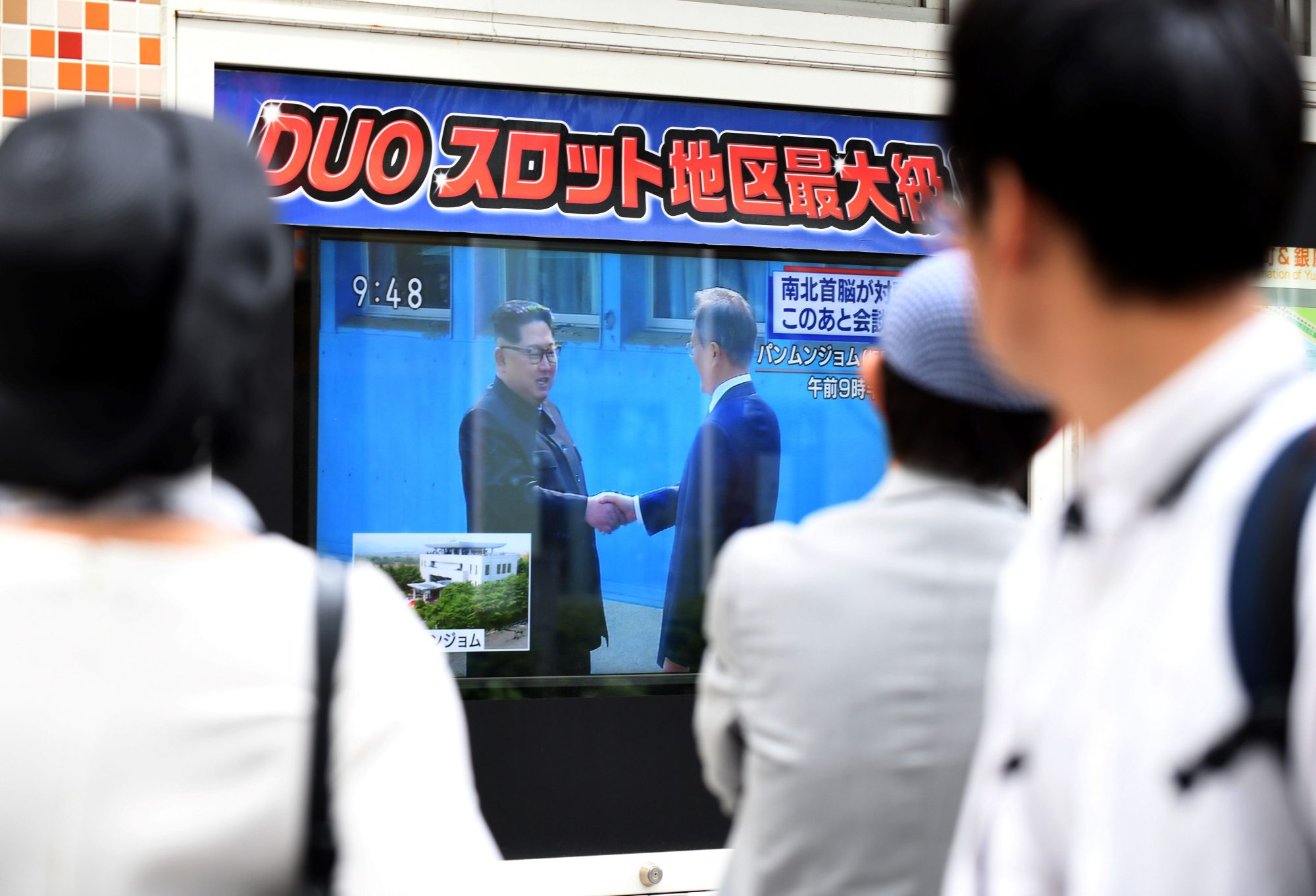The Inter-Korean Summit on April 27 has set the stage for the planned Trump-Kim tete-a-tete scheduled for early June. The summit's optics conveyed Kim Jon Un as a modern North Korean leader able to hold his own vis-a-vis seasoned South Korean President Moon Jae-in, cultural pageantry steeped in shared Korean traditions and a degree of inter-Korean cordiality not seen in years. Noteworthily, rhetoric in speeches and declarations was ambiguous enough to suggest that the North is open to denuclearization.
The immediate result of the summit was the Panmunjom Declaration. Signed by both leaders, the declaration charts out a future of mutual cooperation, an intensification of exchanges to consolidate trust and mutual understanding, and a convergence in socio-economic development. They also pledged to work toward a peace agreement between the North and the South by the end of the year, to work toward denuclearization of the peninsula, and to have a reciprocal visit by Moon to Pyongyang in the autumn. They have even planned successive groups of meetings in which military leaders from both sides will meet beginning in June.
While these pledges are important in the peace building process, forging a sustainable peace on the peninsula will require both denuclearization and demilitarization. Here is where the complexities of the denuclearization process begin to cast a shadow of doubt on the positive atmosphere derived from the Inter-Korean Summit.

















With your current subscription plan you can comment on stories. However, before writing your first comment, please create a display name in the Profile section of your subscriber account page.